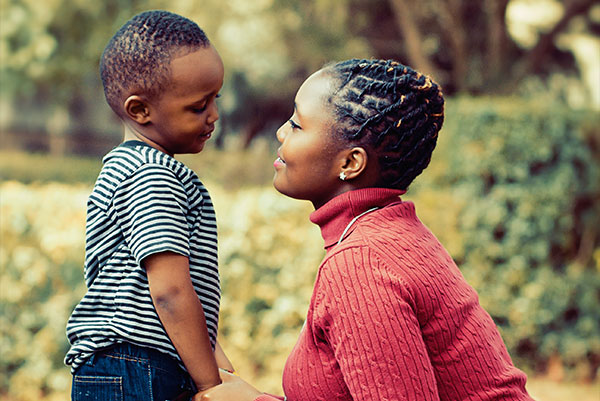
It is in our human nature to seek out and thrive on connections with our families. Even in the most challenging family and living situations we draw on moments of positive, loving connections to sustain us. We crave and long for strong bonds with both our family of origin and our extended family. We remember and share family gatherings, traditions and stories. Through these connections we develop a self of ourselves, who we are and where we belong.
Sometimes children miss those connections. Either they are not a strong presence in their lives or they do not feel the connections that are there. In these situations children are more likely to feel disconnected, unloved and isolated. To recapture the need to feel connected and belonging to a family children and youth may attempt to create their own connections and “families” with friends or young people thy can direct and even control. The resulting behavior of control, direction and even aggression
is often labeled “bullying” and the child or youth leading these interactions is called or labeled a “Bully”.
There are a number of interventions to support the children and youth who are “bullied” by children and youth engaged in these controlling and aggressive behaviors. However not as much attention is directed at the children who initiate these behaviors. These children and youth, we suggest, are in need of effective interactions to assist them in building and re-building the vitally important connections with their families. Until those family connections and bonds are strengthened children’s positive sense of themselves will not stabilize and grow. They will continue to seek those connections through controlling and aggressive behavior encouraging others also in need of connection and belonging to join them.
We offer the following suggestions in assisting children and youth in connecting and reconnecting with their families of origin and extended families. This is important for both children living with their families and those in “out of home” placement.
- Encourage children to remember and share positive family interactions. Too often we only focus on the negative interactions especially if they result in family separation.
- Encourage family members to share positive family traditions and stories with the children.
This supports a continuity of family connections from generation to generation. This can be
encouraged in family visitation meetings as well as in other types of family gatherings - Assist children in creating a family history and family story book to capture traditions and
experiences of family members in multiple generations. Children and youth might be encouraged to “interview’ family members and write down, record or video the interview. - Find past pictures and take current pictures of children and family members to build a visual
reminder of the family connections and instill the sense of belonging. Place pictures in children’s view or in holders they can keep with them to build the sense of connection and belonging.
To be in a family is to feel the power of belonging…
Esai Morales
Click Here for Article PDF

 Donate Today
Donate Today